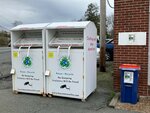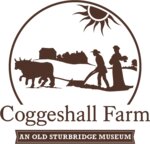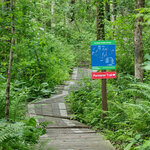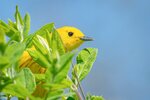MOTHER NATURE KNOWS IT”S SPRING
It’s spring, so says the calendar and even if it’s chilly there are signs spring is coming as the snow melts and reveals potholes in the road, or maybe its just your mailbox stops getting knocked over by the plow! But step outdoors and listen and observe nature, take a walk, as there are always more subtle signs that spring is on the way.
Birds are singing and backyard birds are one of the best predictors of spring. Already there are chickadees, titmice, red-winged blackbirds and cardinals chirping and feeding. You’ll notice many migrating birds are arriving early compared to decades past (and now some never leave!). As the days gradually become longer and temperatures climb, the sounds becomes louder and by the end of March you will hear migrating birds returning including warblers, sparrows, yellowthroat, and finch. You might notice the knock of woodpeckers, and see ducks returning to lakes and ponds. Listen and watch for bluebirds that do not come north until all chance of winter has passed and they are assured an ample food supply.
Observe the buds on your trees. Some of the first trees to bud are the willows and silver maples, followed by the red maples. Perhaps it’s then time to cut some budding forsythia or spring cherry branches to force blooms early indoors. Snowdrops and hellebores are already blooming in gardens and although magnolias will soon be flowering, our wild trees and shrubs are much more subtle. Alder and hazel have long, yellowish male flowering spikes, called catkins, that are preceded by tiny female red-tipped flowers looking like a bundle of matchsticks. If temperatures on a still sunny day are high enough, there
As soon as the ponds and wetlands thaw—as early as mid-March—you will hear spring peepers (Pseudacris crucifer). These tiny amphibians sing loudly creating quite a chorus at dusk. Like its name, the spring peeper tends to call a high single “peep!” that when put all together is a resounding “peep, peep, peep, peep!” These tiny frogs live beneath logs or underground, are freeze-tolerant, and tend to like moist, wooded areas, ponds, and wetlands.
Interestingly, they have a vocal sac that expands and deflates like a balloon to create a short, distinct peeping sound, but only males have the ability to make this loud high-pitched noise, and they use it to attract mates. Breeding happens when warm rains start between March and June, and P. crucifer typically lay around 900 eggs per clutch. After they hatch, they remain tadpoles for two to three months before they transform into frogs and are ready to leave the water. As they spawn you might look for their small jelly-like egg masses. Females choose mates based on the speed and volume of their calls. Older, larger males tend to have faster and louder calls that are preferred by the females. The spring peeper can live an estimated three years in the wild. And, while it may seem there are an overabundance of tadpoles, most (up to 90%) do not survive do to predation.
The first painted turtles are usually seen sunning on logs by mid-April if it is a warm sunny day, above 65° F. Turtles are cold-blooded, which means their body heat is generated from their surroundings. Reptiles do not create their own heat internally, like mammals do. The reason they are sunning is to increase their body temperature so that they can move around quickly and digest their food.
Beginning in late April through May, the woodland wildflowers come into full bloom. Trillium, bloodroot, jack-in-the pulpit, marsh marigold and wild ginger are a few of the special wildflowers that make their appearance before the leaves are on the trees. Watch for these as woodland wildflowers have only a small window of time to see them and then they are gone till the following spring.
So quickly, if you aren’t sure where to go, just google short walks in Seekonk (or nearby towns) and get out to enjoy fresh air and sunshine. The bonus is the exercise and the sounds and sights of spring.
Watch for local notices or check our website if you would like to join us clean-up our properties for Earth Day. We are planning to rendezvous at Martin Refuge park lot (across From the Grist Mill) on Saturday, 4/24 at 9am and will supply gloves and bags. Come meet other Land Trust members and help keep our trails and community clean.
For further information, please see https://www.seekonklandtrust.org or follow us on www.facebook.com/seekonkLCT
Keywords
Land Trust, conservation, Gamino Pond, hike, recreation, Seekonk Land Conservation Trust, Martin Refuge, Cushing ReserveComments
1 comment on this item Please log in to comment by clicking here

















KathleenLeddy
The Seekonk Land Trust is planning an Earth Day clean-up. Rendezvous at Martin Refuge park lot (across From the Grist Mill) on Saturday, 4/24 at 9am and will supply gloves and bags. Come meet other Land Trust members and help keep our trails and community clean.
Friday, March 26, 2021 Report this